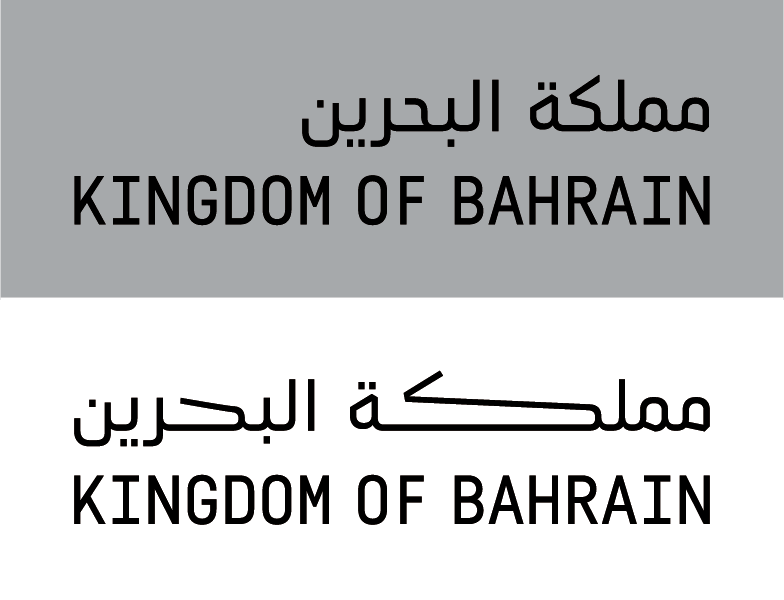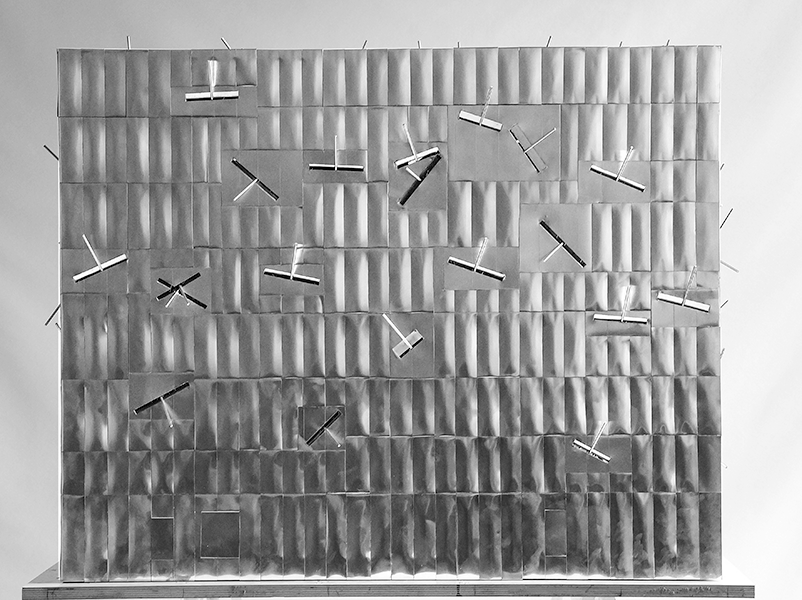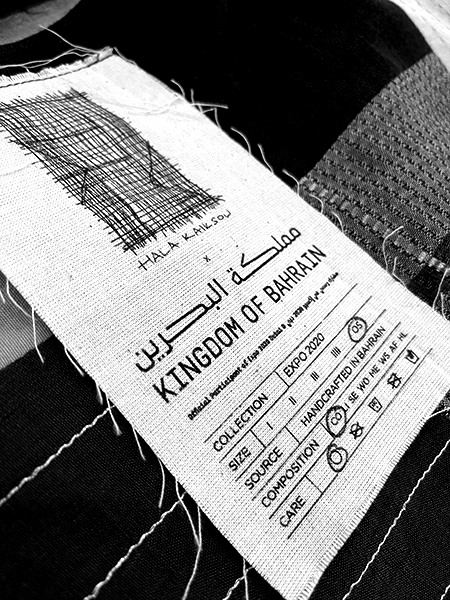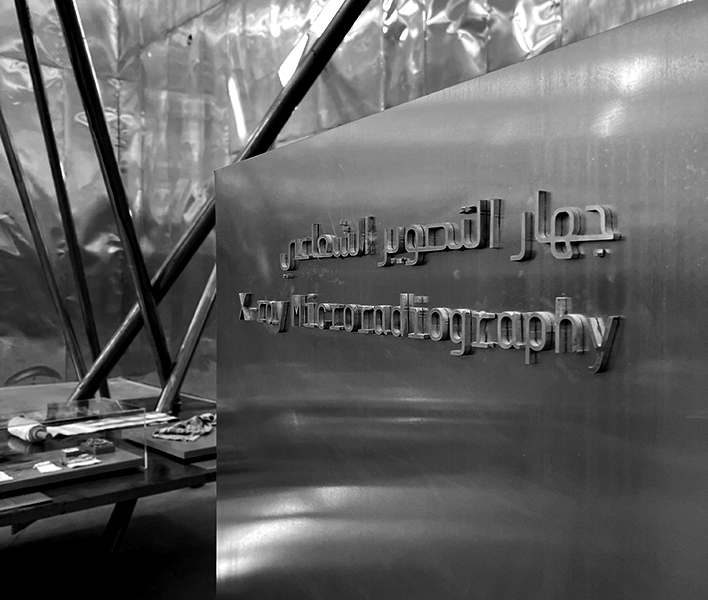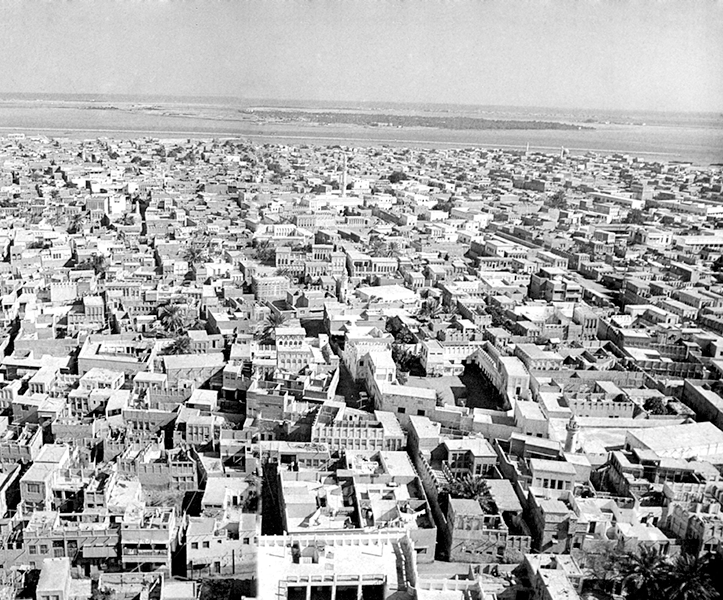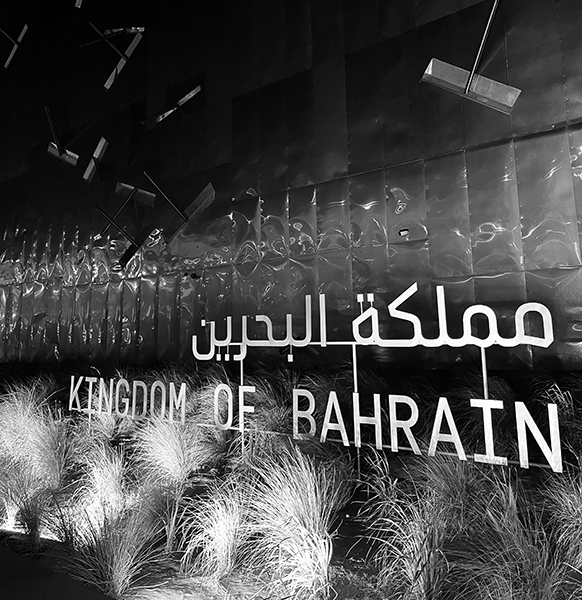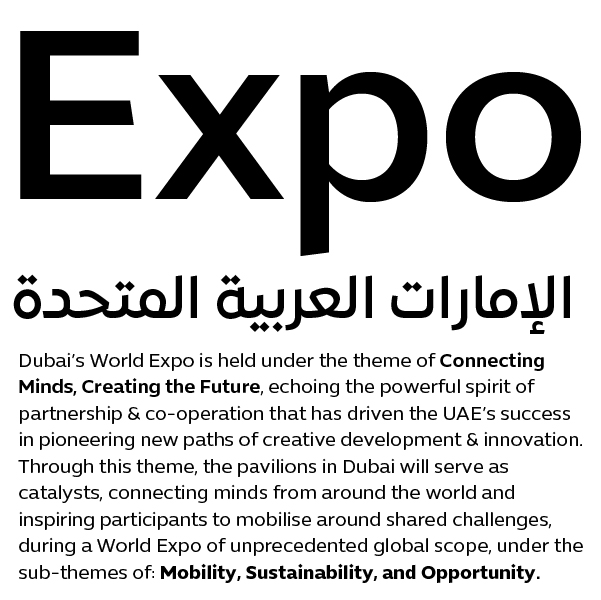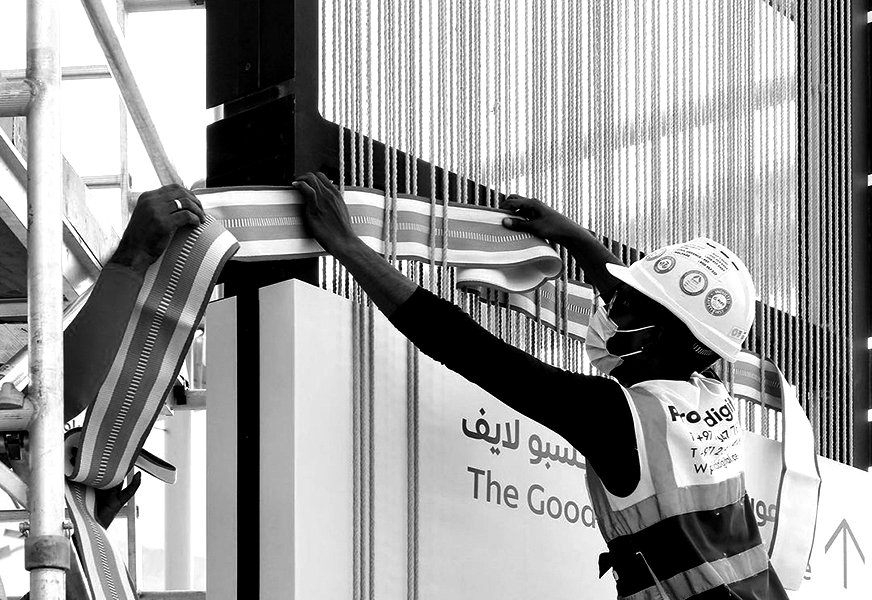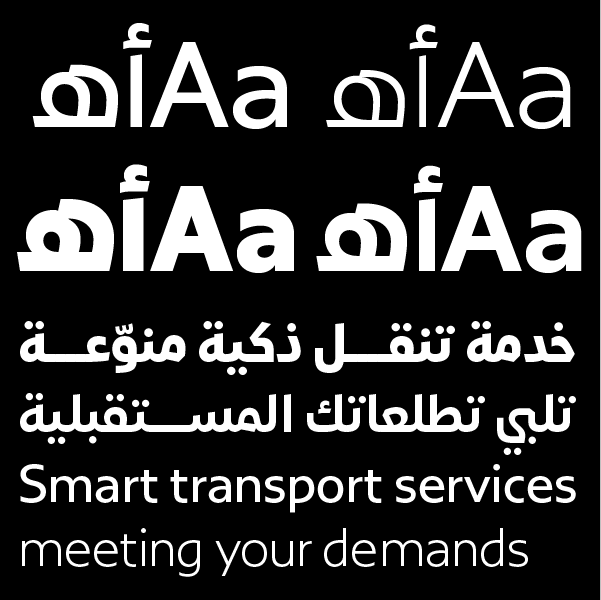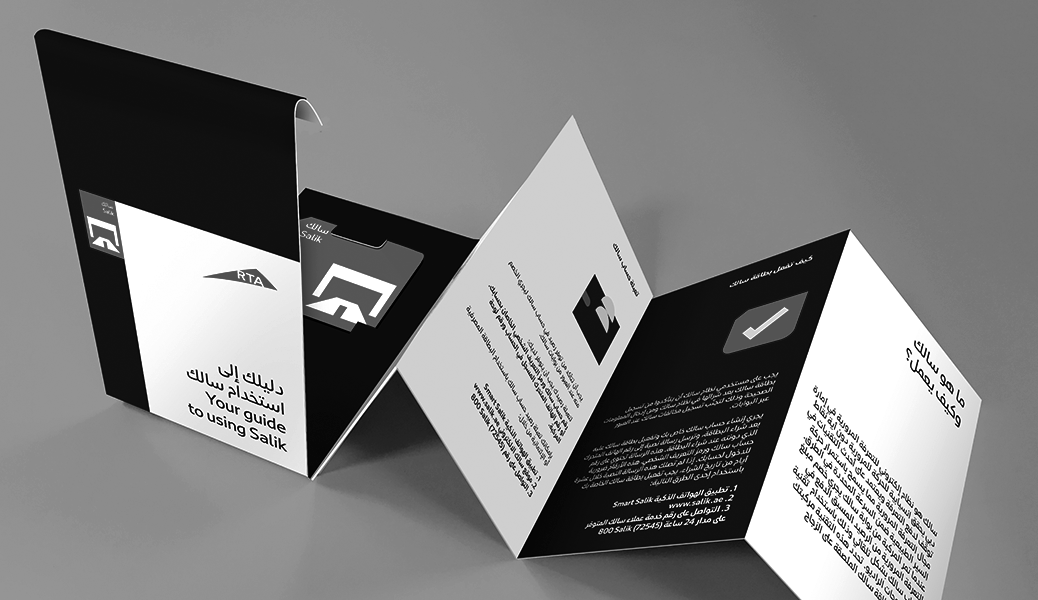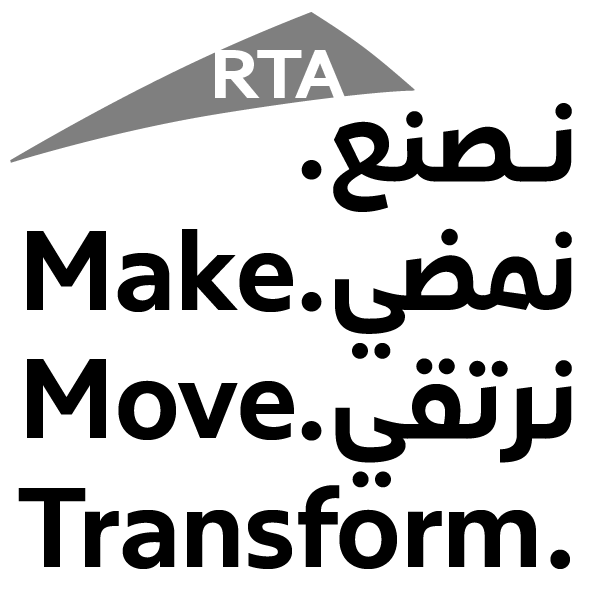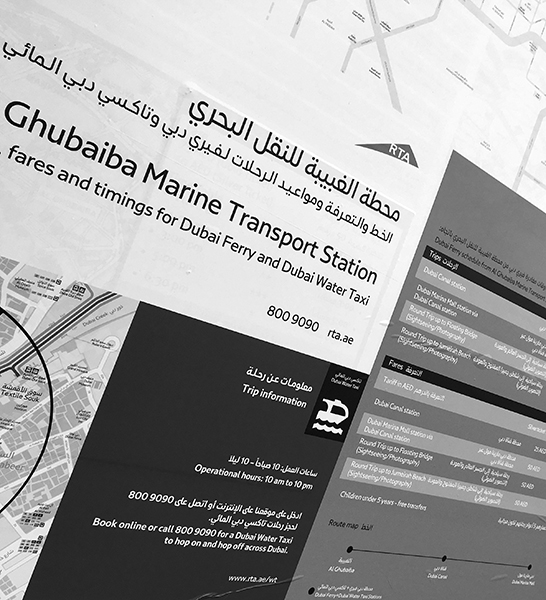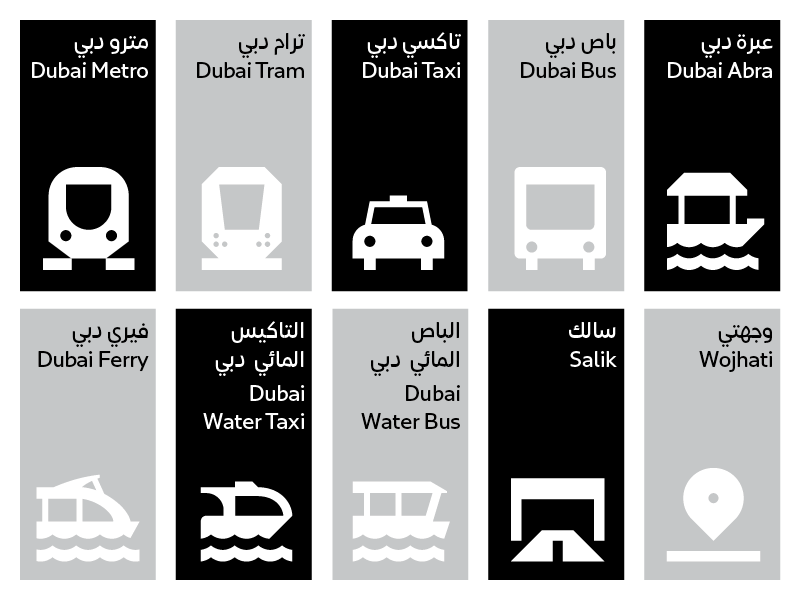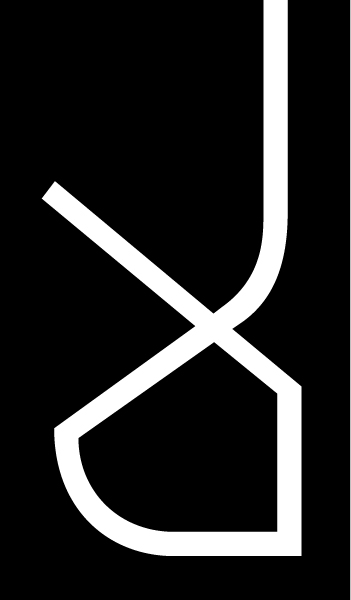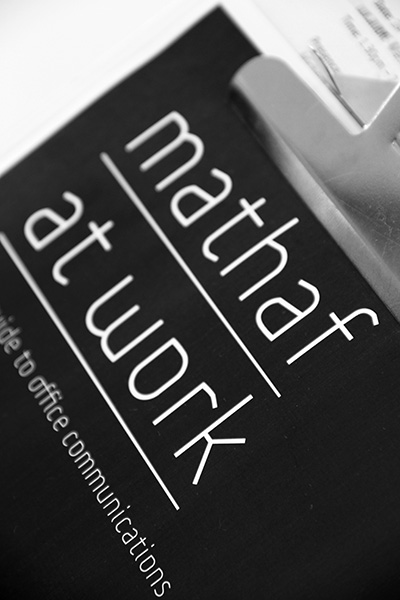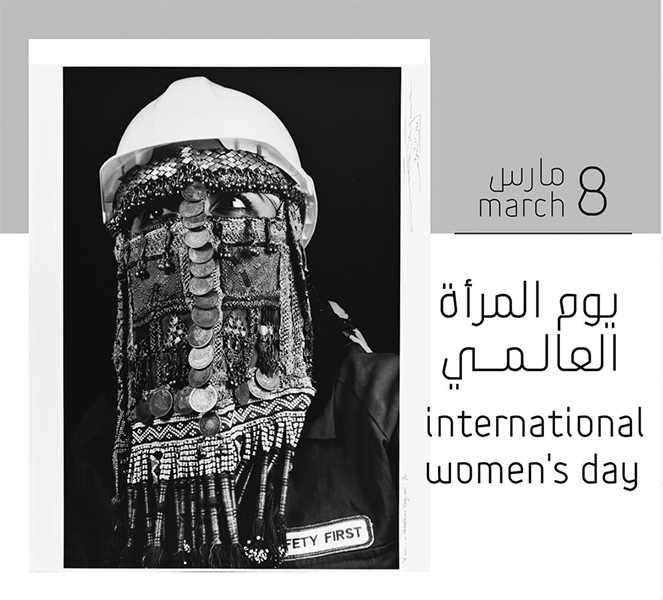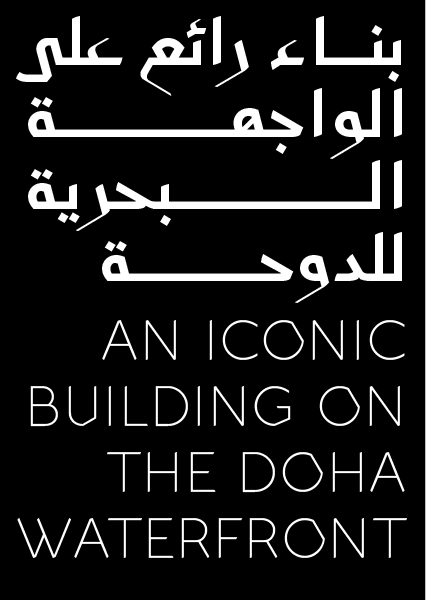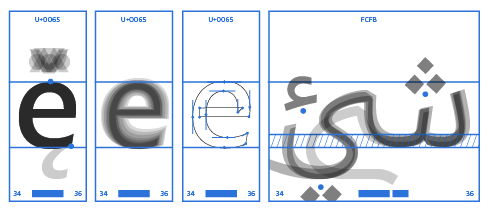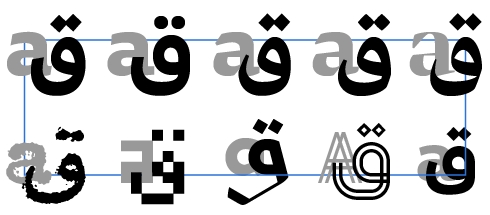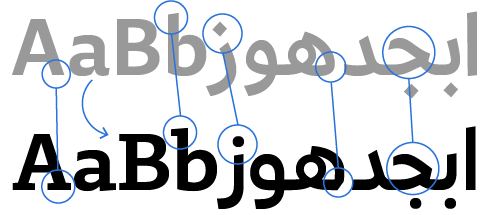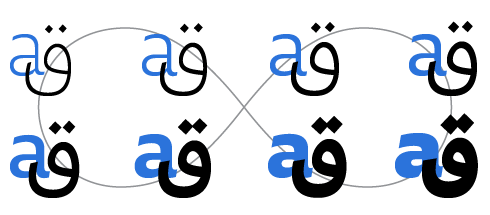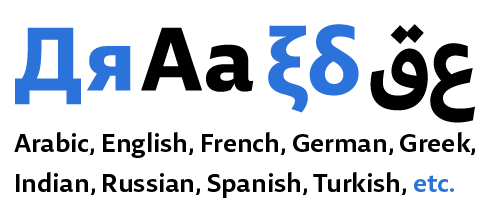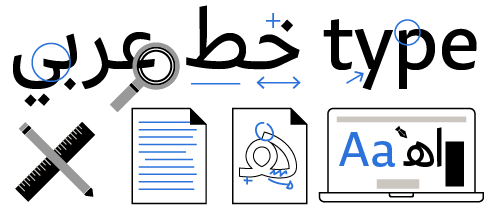Noor Bank
Client: Wolff Olins Dubai
Noor Type is a simplified, hybrid Kufi/Naskh type family that comes in three weights: Light, Regular, and Bold. Its contemporary outlines reflect the new branding strategy developed by the brand consultancy in Dubai, Wolff Olins Dubai, for Noor Bank in the United Arab Emirates (UAE).
Noor Bank, formerly known as the Noor Islamic Bank, had a traditional brand identity with an old, serif-style type for Latin characters and a traditional Kufic type for Arabic characters. In order to broaden the appeal of the bank, Wolff Olins worked on giving it a contemporary visual identity. They replaced the old serif-style font with the modern sans-serif “Aktiv Grotesk” type, and solicited Pascal Zoghbi to create the Arabic counterpart.
Zoghbi designed the Arabic with large tooth, loop, and eye height to echo the large x-height of the Latin, with short ascenders and cut descenders for the Jeem, Ha’, Kha’, Ain, Ghain, and Meem letters. To allow for such proportions while keeping the Arabic look free from any Latinization, he designed the letters based on a hybrid structure drawing on the Kufic and Naskh scripts rather than adopting just one style of proportions.
Since the wordmark does not have any icon, the typeface is the solitary graphical element to distinguish the bank. Hence, Zoghbi decided to make an edgy cut in the Arabic letters that contain loops and give the font an open and contemporary characteristic. Thus, the font is both edgy and organic, with straight pen stokes that are balanced with curved outlines. The tension between the straight and curved lines gives the font unique properties with a contemporary appearance.
Aside from the logotype, Noor type is used in all of the bank’s branding and advertising. The font can be seen at the Noor Bank Metro Station in Dubai, as well as at all of the bank’s branches in the Arab region.









